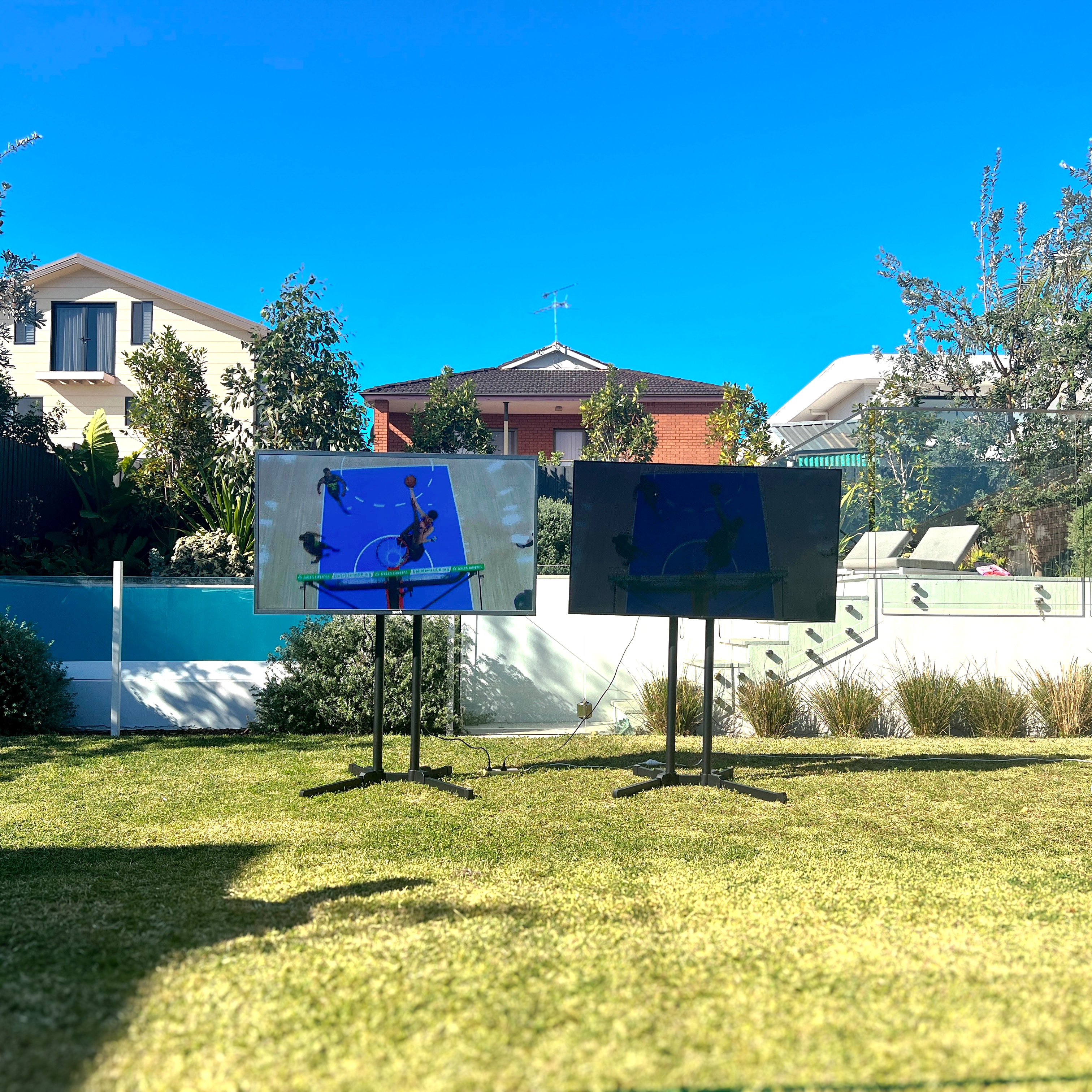The Ultimate Guide: Indoor vs. Outdoor TVs - What's the Difference?

| INDOOR | OUTDOOR | |
| Build Quality | Indoor TVs are designed to function in controlled environments, free from weather elements. They typically have a sleek and lightweight design. | Outdoor TVs are built to endure various weather conditions, from rain and humidity to extreme temperatures. They have reinforced, often bulkier designs with protective casings. |
| Durability | While they are robust for indoor use, they lack the weatherproofing and robust construction needed to withstand external elements. | These TVs are made with weather-resistant materials and sealed enclosures to protect internal components from moisture, dust, and insects. |
| Brightness (NITS) | Indoor TVs generally have lower brightness levels, typically ranging between 250-350 nits, as they are designed for dimmer, controlled lighting conditions. |
Outdoor TVs are equipped with high-brightness screens with higher NITS to combat direct sunlight and glare. Spark Outdoor TVs offer models up to 13x brighter than the average indoor TV. |
| Environmental Resistance | Indoor models lack protection against elements like rain, humidity, and temperature fluctuations, making them unsuitable for outdoor use. |
Outdoor TVs are rated for weather resistance, often carrying IP (Ingress Protection) ratings indicating their resistance to dust and water. Our Spark TV's carry an IP55 rating. |
| Ventilation | They rely on standard ventilation systems that may not be effective in extreme outdoor conditions. |
These TVs are designed with advanced cooling and heating systems to operate efficiently in extreme temperatures, from freezing cold to scorching heat. |
| Audio Performance | Indoor TVs come with built-in speakers that are sufficient for enclosed spaces. However, they might struggle to produce clear sound in larger, open areas. For enhanced audio, many users pair indoor TVs with external sound systems like soundbars or home theatre setups. |
Outdoor TVs are equipped with more powerful built-in speakers designed to project sound over greater distances and combat ambient outdoor noise. For even better audio performance, outdoor-specific sound systems or weatherproof external speakers can be used. |
| Price & Value | Whilst indoor TVs are generally more affordable than outdoor TVs, this is due to fewer specialised features and materials beneficial to outdoor environments. These TVs offer excellent value for indoor entertainment setups with a wide range of sizes, resolutions, and smart features. |
Outdoor TVs are more expensive due to their rugged construction, advanced display technologies, and weatherproof features. These TVs are specifically designed to endure tough conditions and provide long-term value for outdoor entertainment areas. |
